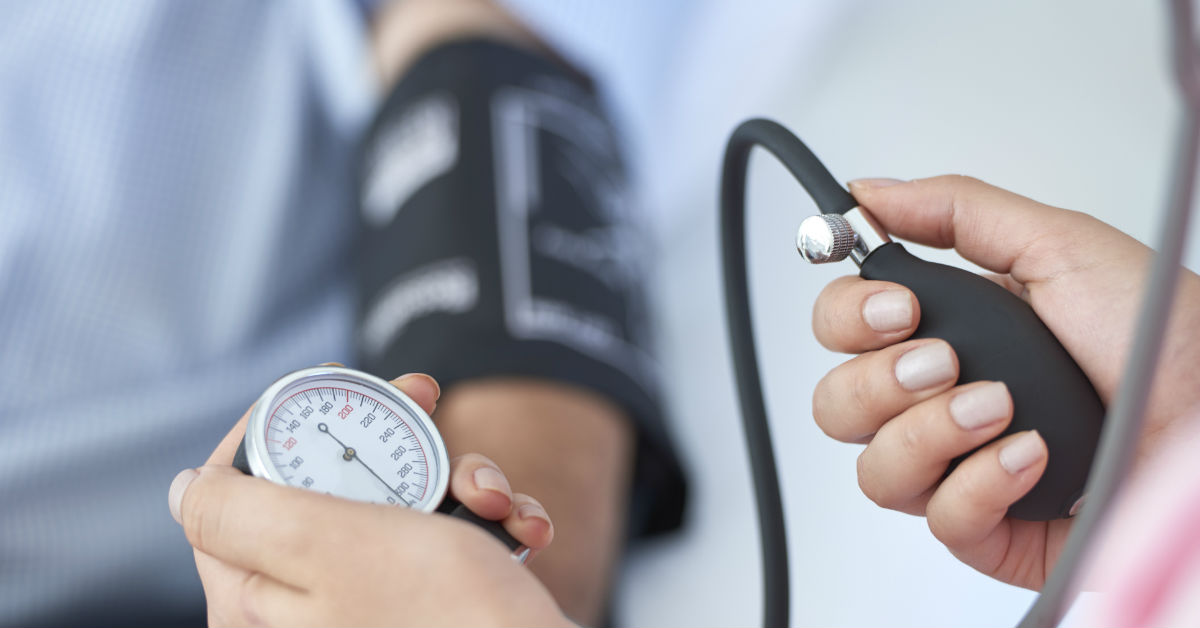
The terms "cardiac arrest" and "heart attack" often are used interchangeably. However, they aren’t the same. Each has distinct hallmarks.
When the heart unexpectedly stops beating due to an electrical malfunction, that’s cardiac arrest.
But when the flow of blood to the heart via the coronary arteries is blocked, that’s a heart attack.
In cardiac arrest, the heart malfunctions electrically. Terms such as ventricular tachycardia, ventricular fibrillation or asystole are common examples of cardiac arrest.
In heart attack, the heart continues to beat but the section normally supplied with blood by the blocked artery begins to die.
Cardiac arrest and heart attack are closely related. For example, a severe heart attack may be the cause of a cardiac arrest.
In either case, immediate action is required to improve the patient’s chances of survival and recovery.
Cardiac arrest
When cardiac arrest occurs, the heart experiences problems with its electrical function, resulting in non-function of the heart as a pump, causing it to beat erratically or stop beating. The patient stops breathing and quickly becomes unresponsive. Without treatment, death occurs within minutes.
Treatment includes immediately dialing 9-1-1, then using an automated external defibrillator (AED). If an AED is unavailable, performing hands-only cardiopulmonary resuscitation (CPR) until emergency responders arrive is the next best step.
Risk factors for cardiac arrest include, but aren’t limited to:
- Family history of cardiac arrest or abnormal heart rhythms
- Previous heart attack
- Smoking
- High blood pressure
- High blood cholesterol
- Obesity
- Diabetes
To prevent the risk of cardiac arrest, people are encouraged to get screened for heart disease, undergo routine checkups and make appropriate lifestyle changes.
Heart attack
During a heart attack, blood flow to the heart is blocked. Such blockages generally occur when cholesterol and plaque, a fatty material, build up and line the walls of the arteries that circulate blood into the heart. When a piece of this plaque breaks off, a blood clot forms, obstructing the artery.
The heart muscle supplied by that artery will slowly begin to die if the blockage isn’t quickly cleared. Immediately dialing 9-1-1 when a heart attack is suspected is the best first step for treatment.
Symptoms include, but are not limited to:
- Chest pain
- Squeezing or uncomfortable pressure in chest
- Shortness of breath
- Sudden nausea of vomiting
- Unusual fatigue
- Cold sweat
Risk factors for heart attack are similar to those for cardiac arrest, including smoking, high blood pressure, high blood cholesterol, physical inactivity, obesity and diabetes. Other factors include stress, excessive alcohol consumption and poor diet and nutrition.
To reduce the risk of heart attack, people must:
- Stop smoking
- Improve their nutrition and follow a healthy diet
- Lower high blood pressure and high cholesterol
- Improve physical activity
- Reduce unhealthy weight
- Manage diabetes
Consult with your cardiologist or cardiac electrophysiologist if you have questions or concerns about your heart health.
